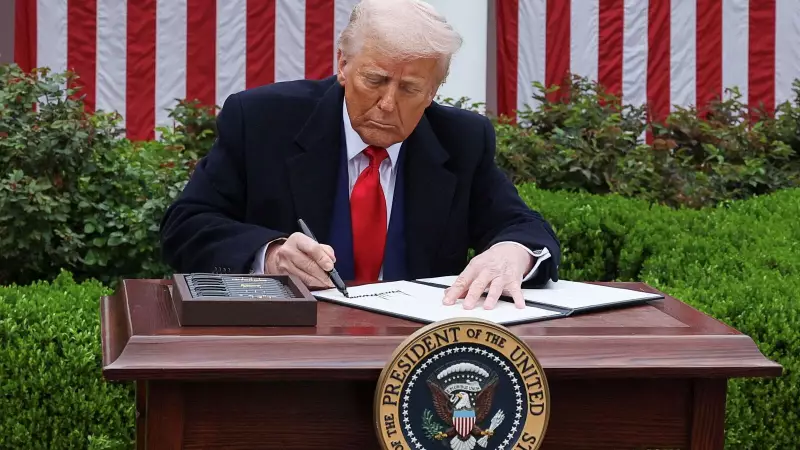
In a stunning reversal of economic forecasts, the United States economy has demonstrated remarkable resilience against what many experts predicted would be catastrophic consequences of tariff implementations and aggressive monetary tightening.
The Doomsday Predictions That Never Materialized
When the Biden administration maintained and expanded Trump-era tariffs, economists across the board warned of impending economic disaster. The consensus suggested that combining protectionist trade policies with the Federal Reserve's interest rate hikes would inevitably trigger a recession. Yet, reality has painted a dramatically different picture.
Economic Resilience in the Face of Adversity
Despite the pessimistic projections, key economic indicators have consistently outperformed expectations. The US has experienced:
- Robust GDP growth that has consistently exceeded forecasts
- Falling inflation rates without the expected surge in unemployment
- Strong consumer spending despite higher borrowing costs
- Resilient job markets that continue to create opportunities
The Manufacturing Renaissance
Contrary to predictions that tariffs would devastate manufacturing, the sector has shown surprising strength. Industrial production has expanded, and manufacturing employment has remained stable, challenging conventional economic wisdom about the impacts of protectionist policies.
What Economists Got Wrong
The economic models that predicted disaster failed to account for several critical factors:
- The unprecedented fiscal stimulus that bolstered consumer resilience
- The ability of corporations to absorb tariff costs without significant price hikes
- The diversified nature of modern global supply chains that adapted quickly
- Strong domestic energy production that insulated the economy
The Federal Reserve's Balancing Act
The successful navigation of interest rate policies has been particularly noteworthy. The Fed managed to combat inflation without crushing economic growth, achieving what many considered impossible—a "soft landing" that maintained economic stability while controlling price rises.
This economic resilience raises important questions about traditional economic models and their ability to predict outcomes in an increasingly complex global economy. The US experience suggests that the relationship between tariffs, interest rates, and economic performance may be more nuanced than previously understood.





